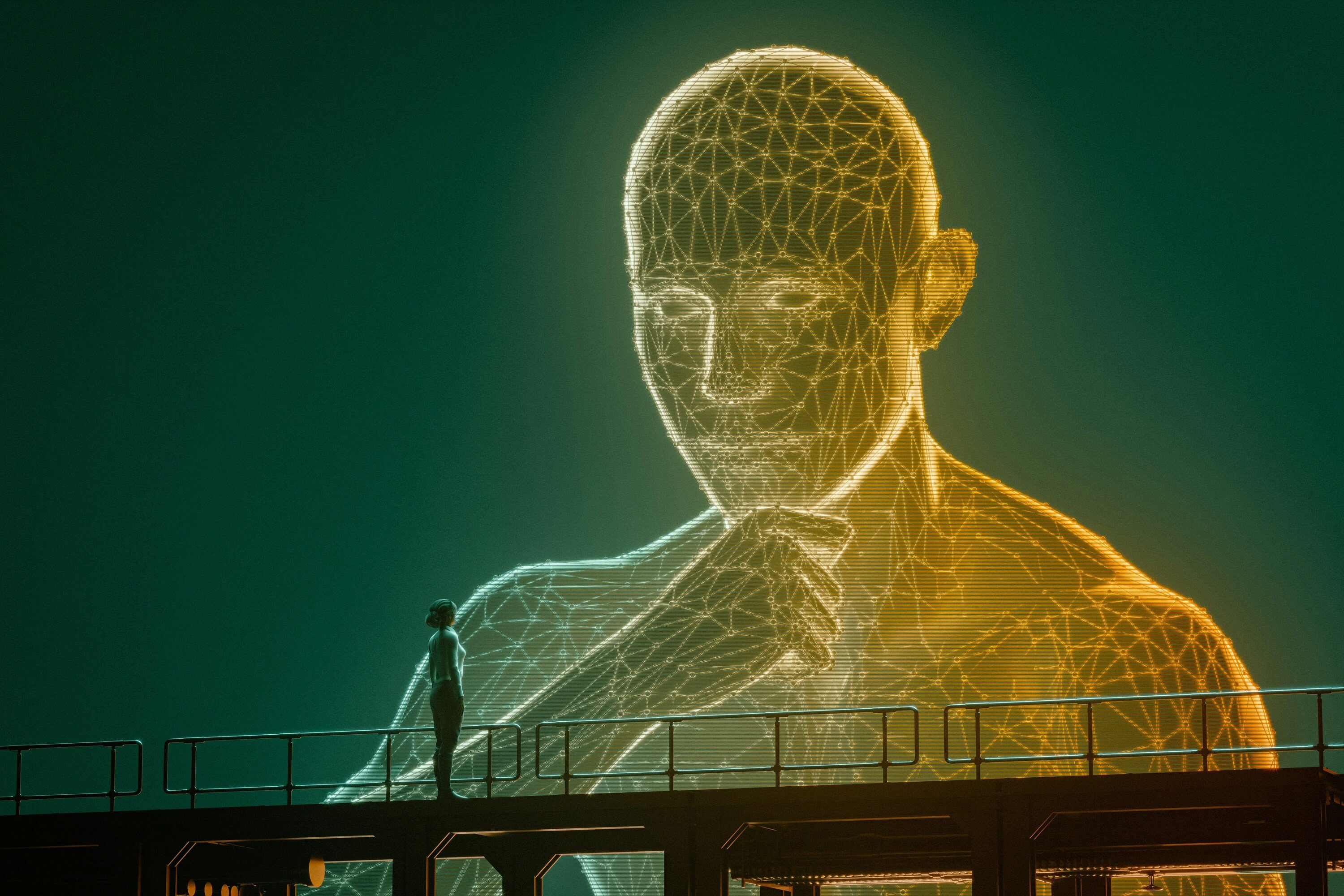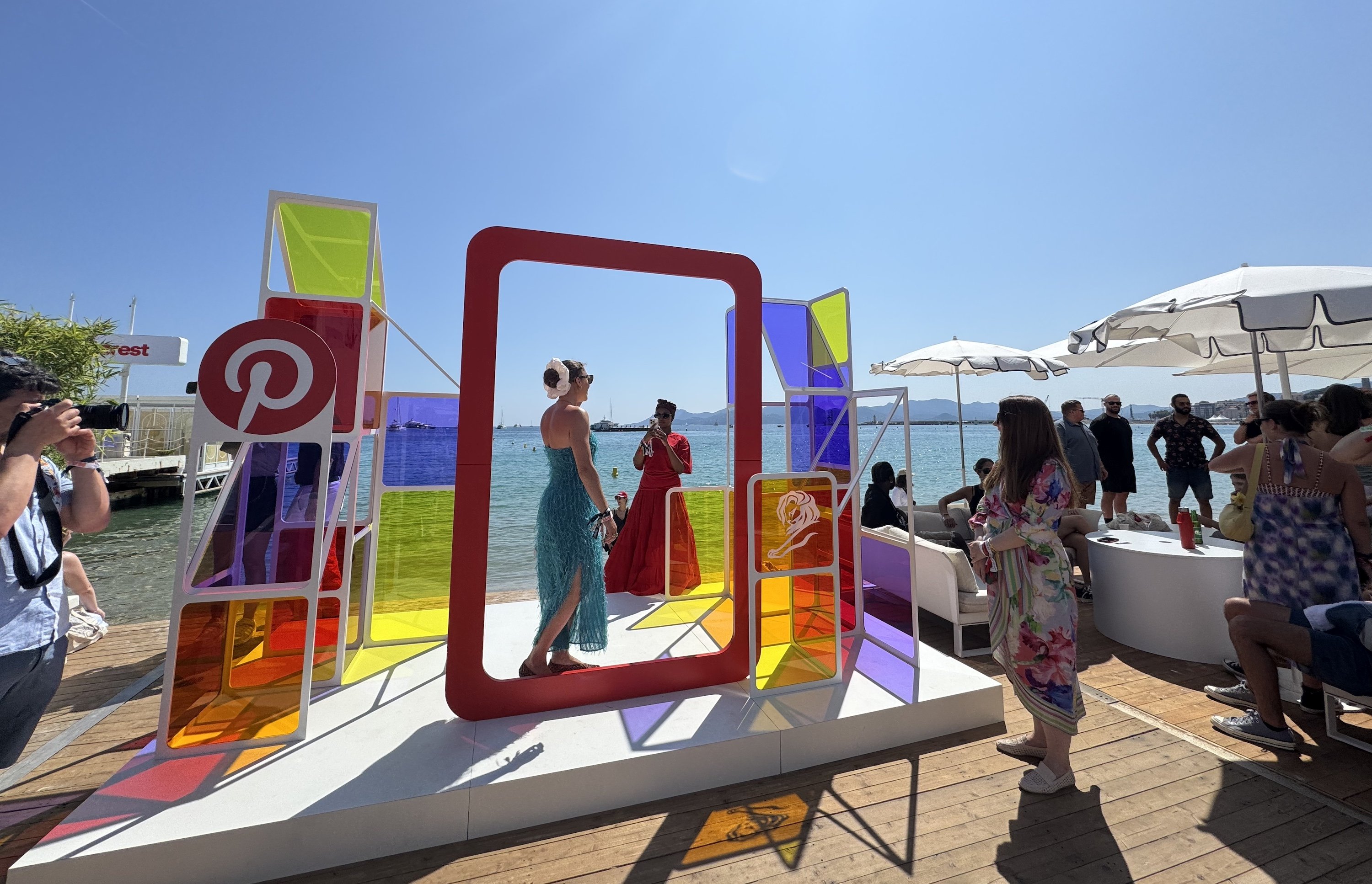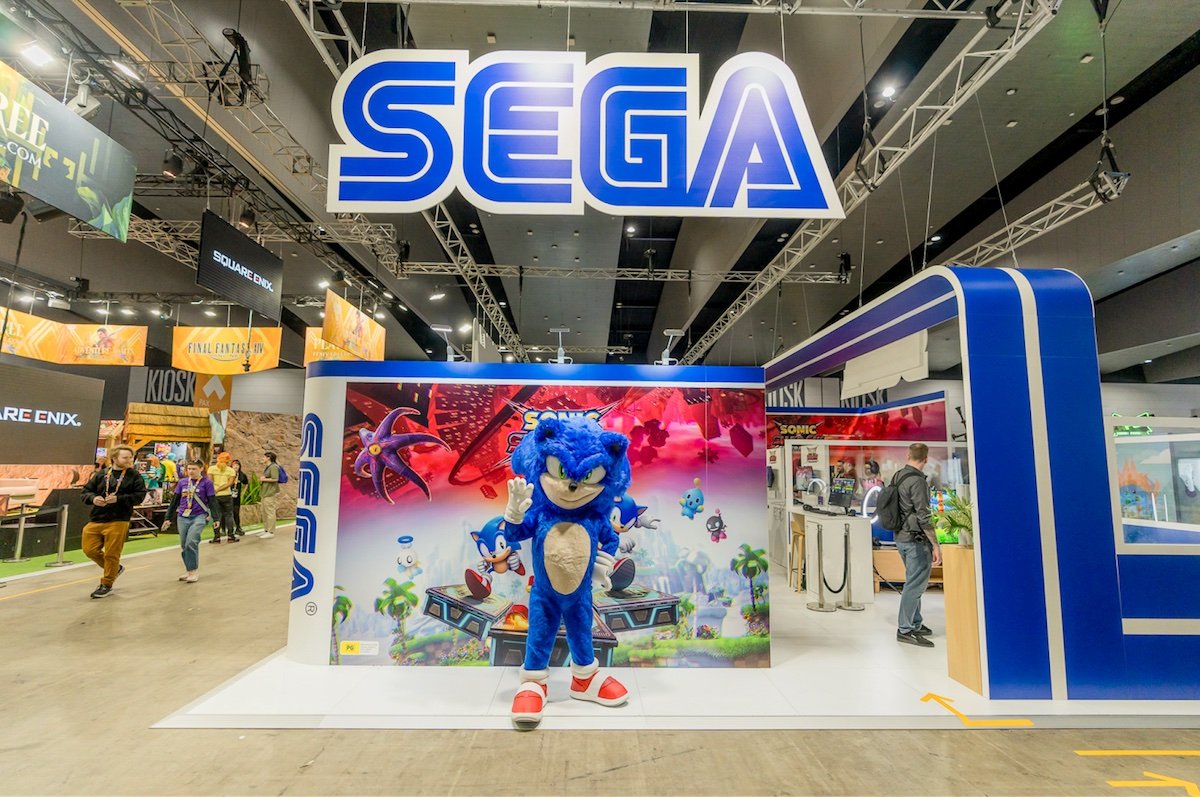“And you better start swimmin' Or you'll sink like a stone”
Bob Dylan’s 1965 classic The Times They Are a-Changin’ referenced the winds of change blowing through America. It spoke to a wider societal transformation, matched with individual adjustment.
Sound familiar? The pandemic brought with it fundamental changes in consumer behaviour around the globe. We saw the birth of a new type of consumer in just 90 days. Agencies and clients had to adapt, evolve, and develop new ways to deliver successful campaigns. The acceleration of change within the industry has been quicker than ever. What started as a challenge, though, has evolved into an opportunity.
Brands, like people, need to swim… or risk sinking. Let’s get our metaphorical water wings on by looking at what the pandemic-fuelled change will mean to the future of experiential marketing, and how to best leverage it.
Physical Meets Digital
The pandemic stripped us of shared live experiences, and of socializing with friends and family. This loss underscored the importance of collective experiences in our lives.
Sports organizations, festival organizers and brands had to act fast. They embraced the virtual and digital world throughout the pandemic to transport fans and consumers into new non-physical worlds. The pandemic showed us we can seamlessly integrate real life performances into video games as seen first with Marshmello and later with Travis Scott’s Fortnite performance.
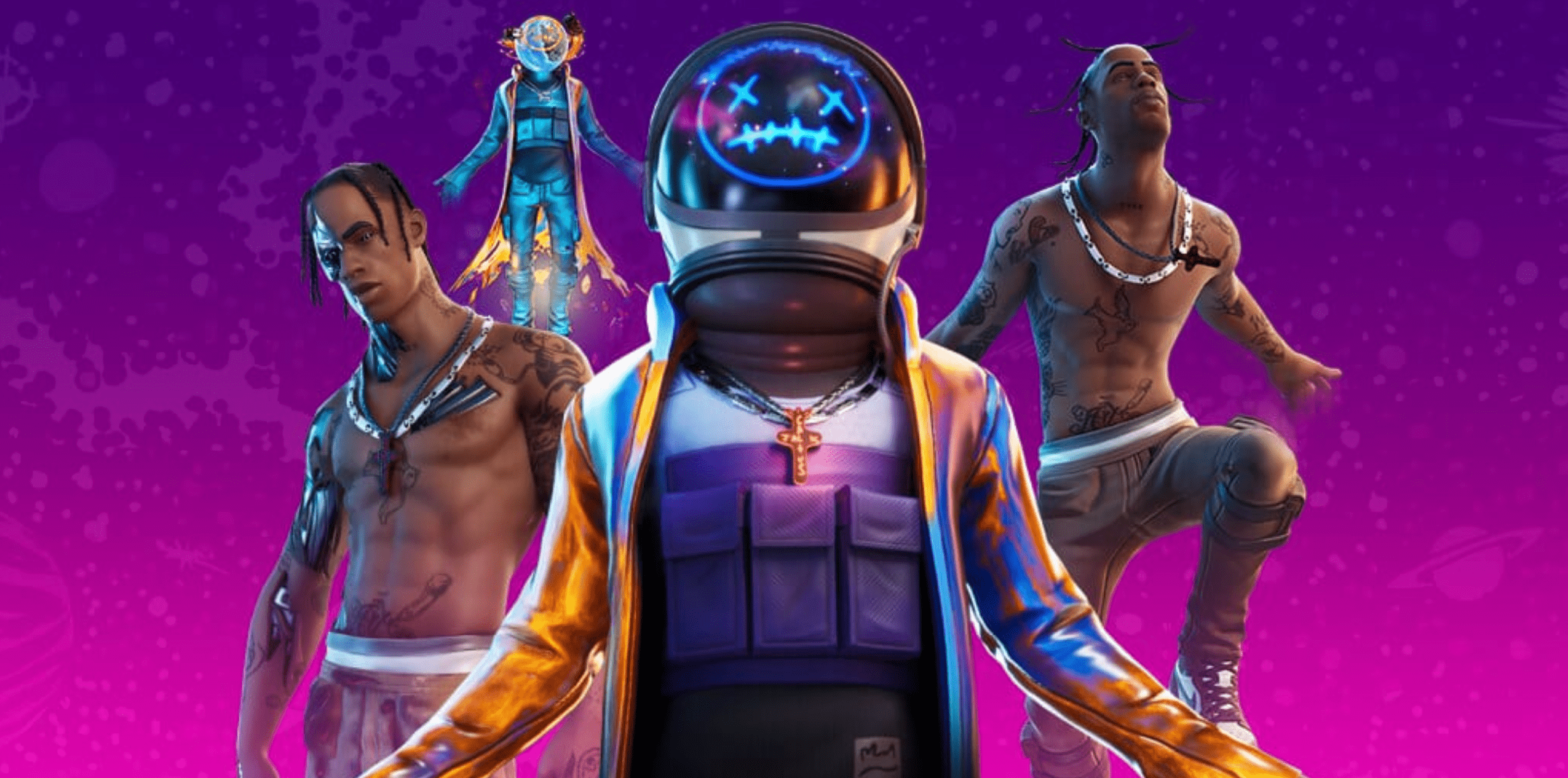 12 million people attended the Travis Scott performance in Fortnite
12 million people attended the Travis Scott performance in Fortnite
Like any live performance the anticipation started weeks in advance, with EPIC games setting the stage for the concert in game. In the days leading up to the gig players could see a stage being constructed at the Sweaty Sands beach. Ultimately, 12 million fans attended the concert. Take that in for a second. 12 million people attended a gig. Even Bob Dylan couldn’t have foreseen times were a-changin’ that much.
However, sports fans have missed gameday and the rituals that it involves: In a June 2021 Morning Consult survey, 46% of sports fans said they’re now ready to attend a full-capacity sporting event, and 51% would feel OK going to an indoor event. And that’s before we watch the highlights all over again when we get home. The excitement goes beyond our own experience; it’s a shared sensation of being there and of feeling involved.
On the other hand, a recent YouGov survey found 70% of Britons say they'd feel less safe if in a crowded or un-ventilated place and people were not wearing face masks. So, some want to go back, while others aren’t yet comfortable. If brands are to swim, it’s crucial for agencies to develop experiences fusing the digital and physical worlds. We saw this firsthand when developing a global first with Vodafone and Irish Rugby, in what became the largest (in multiple senses of the word) sponsorship launch in European sports marketing.
Case study:
Vodafone was the third Telco in a row to sponsor the Irish Rugby team, and needed a big bang, integrated launch to announce the new partnership and welcome fans to its new rugby platform. We had a giant 50-meter jersey fabricated, which was laid on the pitch at the Aviva Stadium, covered by 50 strips of branded fabric. Fans were prompted to share their favourite Irish Rugby moments, players and results using the hashtag #TeamOfUs – the more the hashtag was used, the more of the jersey was revealed, via livestream, on a purpose-built microsite.
The feed incorporated pre-recorded video content with players, competitions, various camera angles (drone, airplane, hyperlapse and fixed) and the shared social conversation. We saw 31 million campaign hashtag impressions in 24 hours and over 7 million individual accounts reached - a resounding success for the brand through an innovative mix of physical and digital technologies.
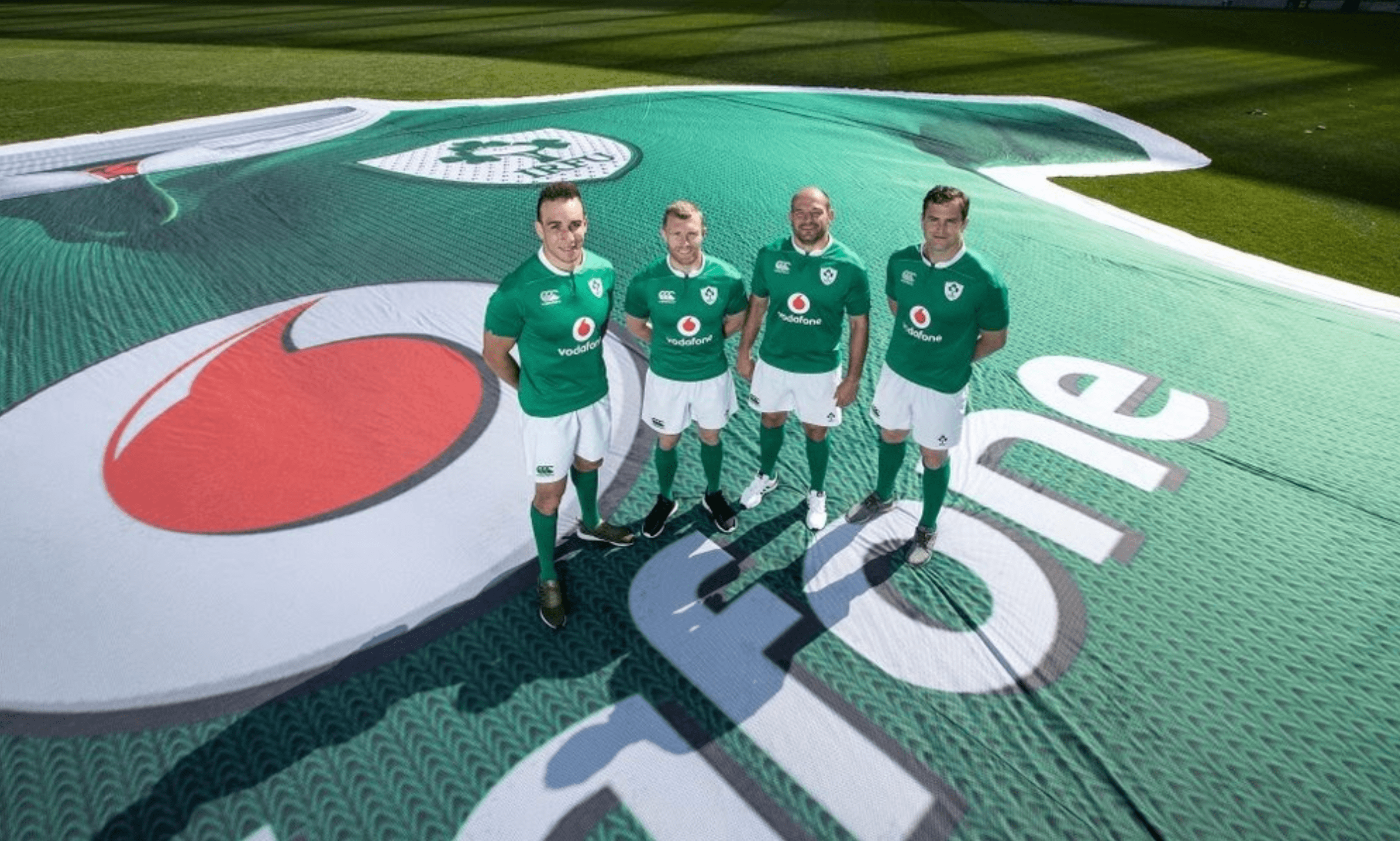 Integrated campaign to launch the Vodafone sponsorship of the IRFU
Integrated campaign to launch the Vodafone sponsorship of the IRFU
In the post-pandemic world the fusion of physical and digital campaigns will continue to grow. Integrated, holistic thinking will be crucial to the success of these activations. Agencies must be able to think, create and activate across live, digital and virtual experiences. Clients will expect joined-up thinking, where live experiences are seamlessly integrated into performance marketing campaigns.
How we approach hybrid events:
- Full-funnel. We integrate development and execution across paid, earned and owned media to build campaigns which go beyond the live experience and deliver a truly holistic result.
- Paid media: We use bespoke smart technology to target the in-person and virtual audience prior to the experience to drive awareness.
- Earned media: We track interactions at the live experience to ensure attendees receive a personalized experience, and so we can continue to engage with them post-experience through smart retargeting.
- Owned media: We ensure landing pages, CRM, and social media all align to amplify and augment messaging around the event and capture relevant data.
Experienced By The Few… Enjoyed By The Many
It may feel counterintuitive, but the future of experiential will involve reaching more people through live branded experiences. The live audience will certainly be reduced in the near term, and this trend may continue with high touch-exclusive activations. However, these activations can at the same time be experienced by millions through digital amplification and video telecast.
Consumers have embraced virtual experiences, but are tired of Zoom chats and Teams meetings. The old adage that ‘nothing beats being there’ may ring true for many when it comes to live events and experiences, but what’s changed is the quality of the non-in-person experience. In the past this was a broadcast model; now it’s an interactive model. When Momentum Worldwide polled over 1,700 people in April 2021, 49% of music fans said they’d return to experiential events within a month of being vaccinated. But they’re also open to hybrid events, with 54% saying they like the flexibility of choosing how they’ll enjoy an event.
Further, audiences are consuming media on multiple screens when watching sports, music and entertainment. Double screening means that branded content must seamlessly flow between all devices.
We’re observing increasing use of screens and technology at live experiences, including digital check-ins, remote Q&As, and payment for F&B or merch. Consumers are fast adopting contactless payments as a norm; globally, 59% of consumers prefer contactless payments over cash, chip- or pin-enabled cards or magnetic stripe cards. Combined with increased awareness of health and wellbeing at live events, contactless will become mandatory. The good news is that contactless enabled devices for payment will give brands additional data with which to offer a more personalized experience at events. So in addition to ensuring the technology is available, brands must also plan for what kinds of data to collect, how they’ll comply with any applicable privacy regulations in doing so, and how they can use the to make better customer-focused decisions in the future.
“Globally, 59% of consumers prefer contactless payments over cash, chip- or pin-enabled cards or magnetic stripe cards.”
We’ve seen the success of hybrid and digital experiences throughout the pandemic. We know consumers will engage with experiences in an online environment. What will these experiences start to look like in the coming years?
Live, virtual and digital experiences are no longer mutually exclusive. The creative approach will be the focus rather than the execution. The creative idea can now live beyond the physical world. It can happen anywhere: collaborative, networked and personalized experiences can now be created on a global scale.
Case Study:
Like most live events in 2020, The Brown Thomas Beauty series couldn’t proceed as normal in store due to the government restrictions. We worked with the BT Beauty team to deliver an array of virtual experiences for their top brands including NARS, bareMinerals, M.A.C., Laura Mercier, MORPHE and Jo Malone, where we could engage with customers and drive online sales for the brands.
We invited Brown Thomas customers to experience our Beauty Breakthrough – a must see series of Virtual Beauty Events with an exclusive list of masterclasses and tutorials from the best in the business. Viewers learned top beauty and skincare tips from industry experts, and saw first-hand some of the new products available in store and online. We developed a full virtual event platform for Brown Thomas to sell tickets to the events to customers. Tickets could then be redeemed online against the purchase of branded items specific to that event. This increased retail sales for the brand at a time when many retailers were closed.
Online make-up artists have a hugely loyal following and by partnering with the correct brand ambassadors we were able to deliver a unique experience for customers when they were stuck at home in a lockdown.
We worked with Jamie Genevieve, Katie Jane Hughes, James MacInerney, Keilidh Cashell, Nicole Faulkner and Fiona Leahy to deliver a series of virtual experiences that were a first of its kind in Ireland and the UK.
How we approach live branded experiences:
- Paid media: We supplement proven foundational media partners with high-impact, targeted placements designed to reach potential audiences in relevant editorial environments.
- Earned media: We identify and partner with relevant macro, micro and nano influencers to drive awareness and lend authenticity to our activation.
- Owned media: We develop bespoke platforms (when needed) and implement smart tracking to maximize sales as well as data collection.
The campaign proved that traditional live events could move to a virtual setting and become more commercially successful than their original incarnation. We built this specific experiential campaign to deliver online sales for the brands at a time when retail stores were closed due to Covid restrictions. We ensured that the creative experience would tie back into the commercial reality that the brand needed to directly attribute sales to the series of events. We achieved this by integrating smart software solutions into the brand experience to deliver sales across multiple brand channels.
This Time It’s Personal
Consumers crave personalization and exclusivity. This used to mean a VIP experience available to a select few and amplified through their own social channels. Influencers became the focus; fans experienced events through the influencer lens. But now, brands can own their own media. Viewers can immerse themselves in a live event or experience from their own homes. Want to sit courtside for the Wimbledon finals? No problem. Here’s your VR headset. Want a halfway line seat for the World Cup Final? No worries. Interact with your fellow fans through our branded portal. Sponsorship and broadcast rights will change as fans can become even more immersed in an experience than ever before both in the stadium and at home.
We’re going to see hyper-personal campaigns and crossovers we didn’t think possible. We’re already seeing surprising brand collaborations between high fashion and high street brands. Gucci x North Face has become the most sought after collaboration of 2021. Gucci have taken it a step forward with their Pokémon GO partnership, with players able to pick up pieces for their trainers via 100 PokéStops.
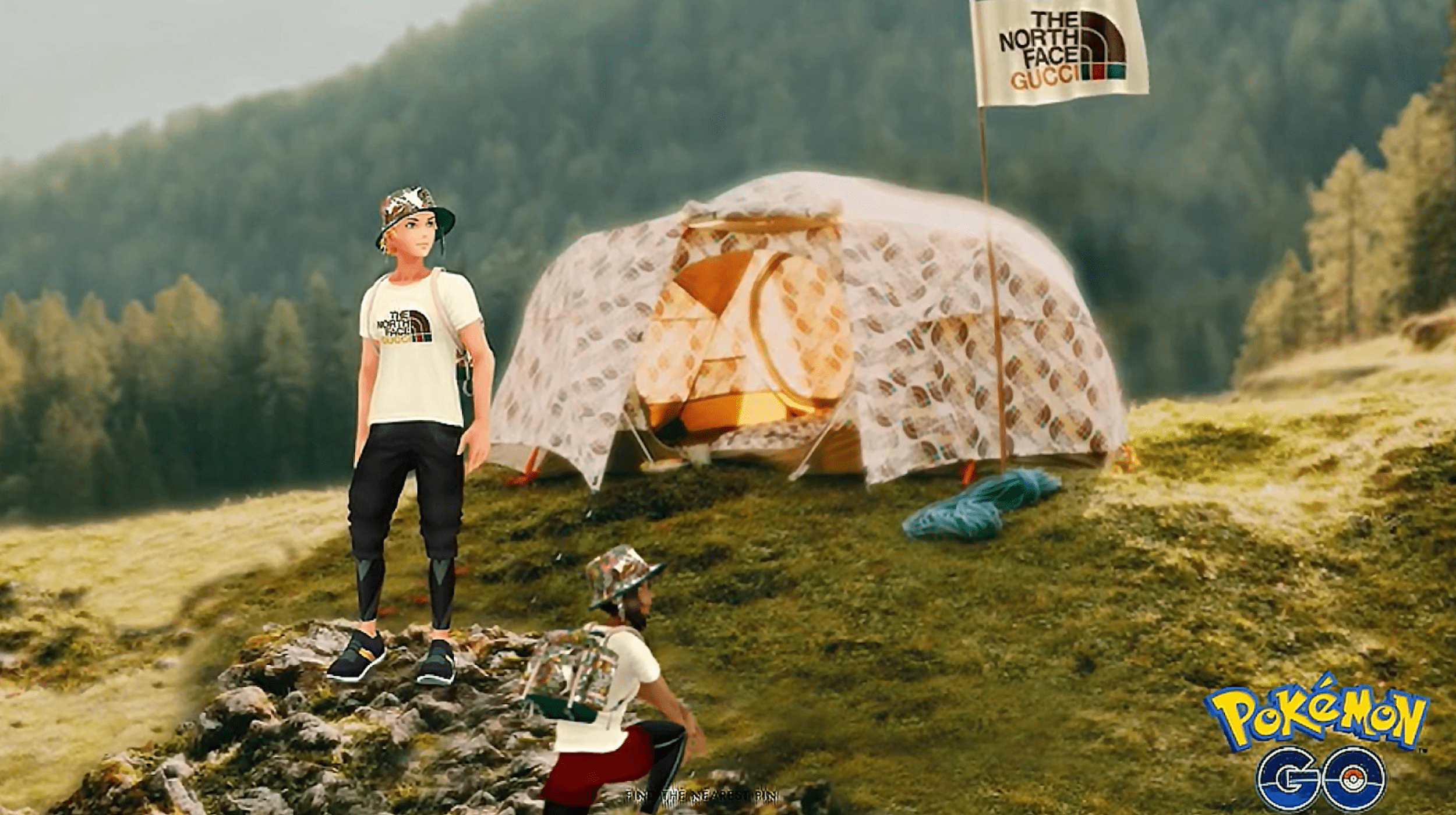 The Gucci x North Face in collaboration with PokemonGO
The Gucci x North Face in collaboration with PokemonGO
In fact, if you want to look to the future of experiential, you don’t need to go far from the original technology that powered Pokémon GO. What could be more integrated than a physical treasure hunt with an AR overlay and a sophisticated game engine all played on your own handset? The technology has now been refined, and can impact many more millions of people with innovative campaign activations.
Expect to see this type of engagement soar as brands build campaigns to create exclusive, personalized and highly sought-after rewards through blockchain technology. You’ve seen the obsession with Pokémon GO; imagine how your audience can do the same with your brand. We can drop tickets for an exclusive performance in Times Square. Share the experience with 4 friends and you could all win a meet and greet with the artist. We’ll upload the photo to your bespoke branded wallet and turn it into a unique NFT.
How we approach personalization:
- Paid media: We use 1st-party data to reengage with attendees to extend the experience and drive loyalty to the brand.
- Earned media: We use social listening to monitor brand sentiment and to engage one-on-one with fans where they’re most active and most likely to engage back.
- Owned media: We’ve created contactless sampling tools using blockchain technology which integrates seamlessly into backed ePOS systems. This lets our clients sample to consumers while tracking to a micro level in venues to assess performance.
Integration Means Better Measurement
We’re seeing a greater investment in experiential than ever before. This investment will allow for better technology, more engagement and ultimately better campaign measurement.
Measurement of experiential marketing campaigns has always been difficult. Firstly, at a live event, what metrics do we use to develop a return on experience? Too often we have relied on ‘how did the attendee feel?’ Moving forward, we need to reframe this question to be ‘what did the attendee do?’. Every experience has an intended commercial outcome; measuring the outcome and the change of behaviour is far more effective than emotive measurement. As we move towards measuring outcomes we can move towards a more realistic ROI.
The integration of live experiences into digital and virtual campaigns allows for better integration of consumer data, including live touchpoints and follow-on metrics such as engagement and purchase. When this live and virtual data is integrated into digital amplification campaign data, it can not only track results but predict the success of campaigns..
How we approach integrated measurement: We use Foresight, our proprietary suite of projection and media mix tools, to model out expected results from various media channels and partners, as well as to provide insight into marketing channel mixes as defined by the KPIs we’re seeking to optimize.
Seeing Into The Future
The societal changes over the last 18 months have shaken up the natural order of live, virtual and digital experiences. Marketers who embrace this change have unlimited opportunities ahead of them. We’ve seen that experiential campaigns will become more integrated with virtual and digital campaigns. We’ve seen that branded experiences can now reach millions of people with highly personalized messages, and we’ll be able to forecast and track these experiences to deliver better results. And we know the future of experiential measurement is based on credible data. This prediction will hold true if we can continue to put the consumer at the heart of the experience and deliver campaigns that are born from smart insights and deliver culturally relevant experiences that drive connections between brands and their audiences.
So, what do we need to do? Brands cannot tread water when it comes to their experiential campaigns. What worked in the past won’t necessarily work again. There are rules and opportunities. Marketers need to embrace the change or risk becoming a relic of the past. This can be a positive: It’s a chance to create campaigns that challenge the norm, break through existing barriers, and deliver new streams of commercial success. The real question is: are you ready?

